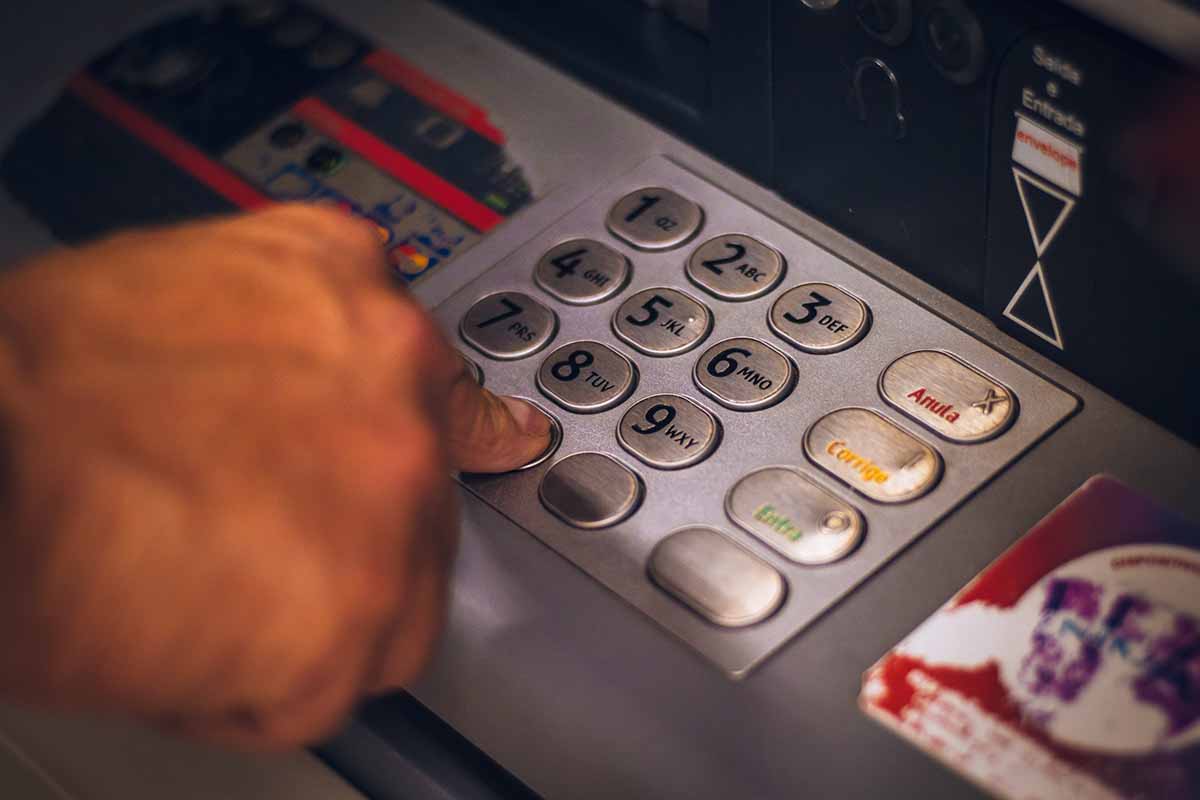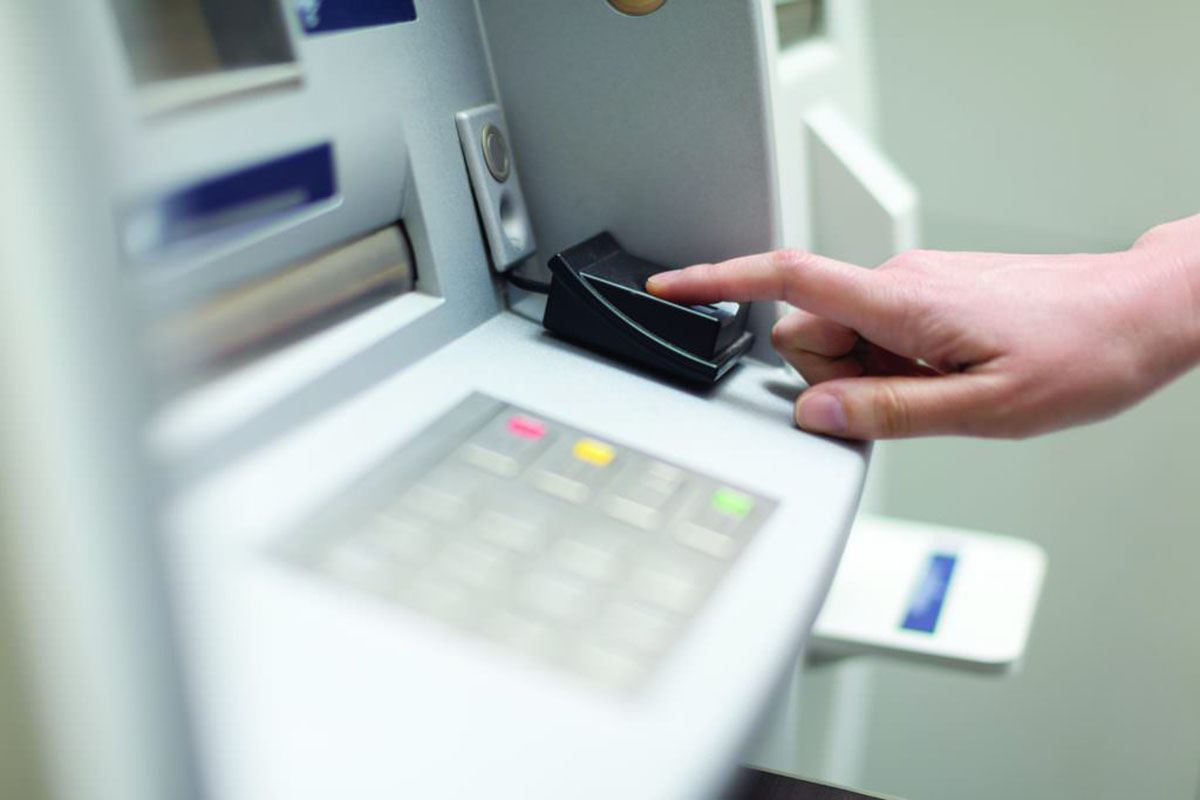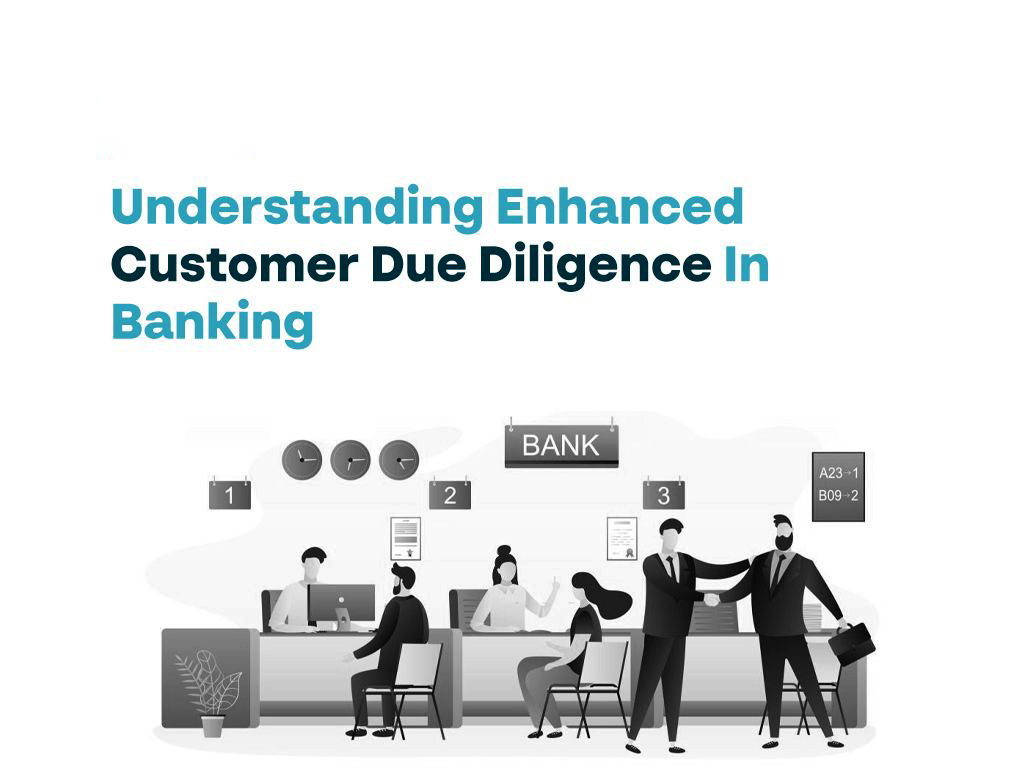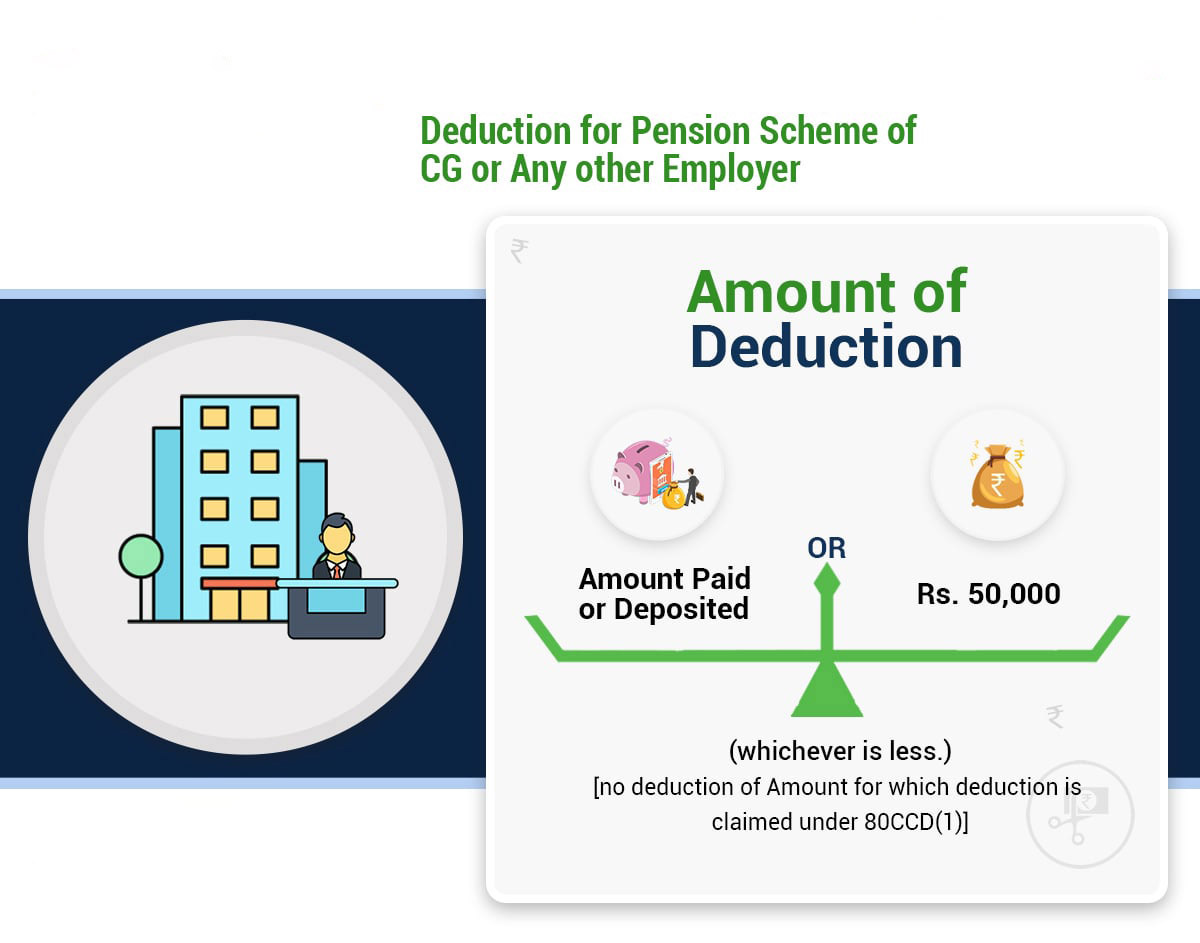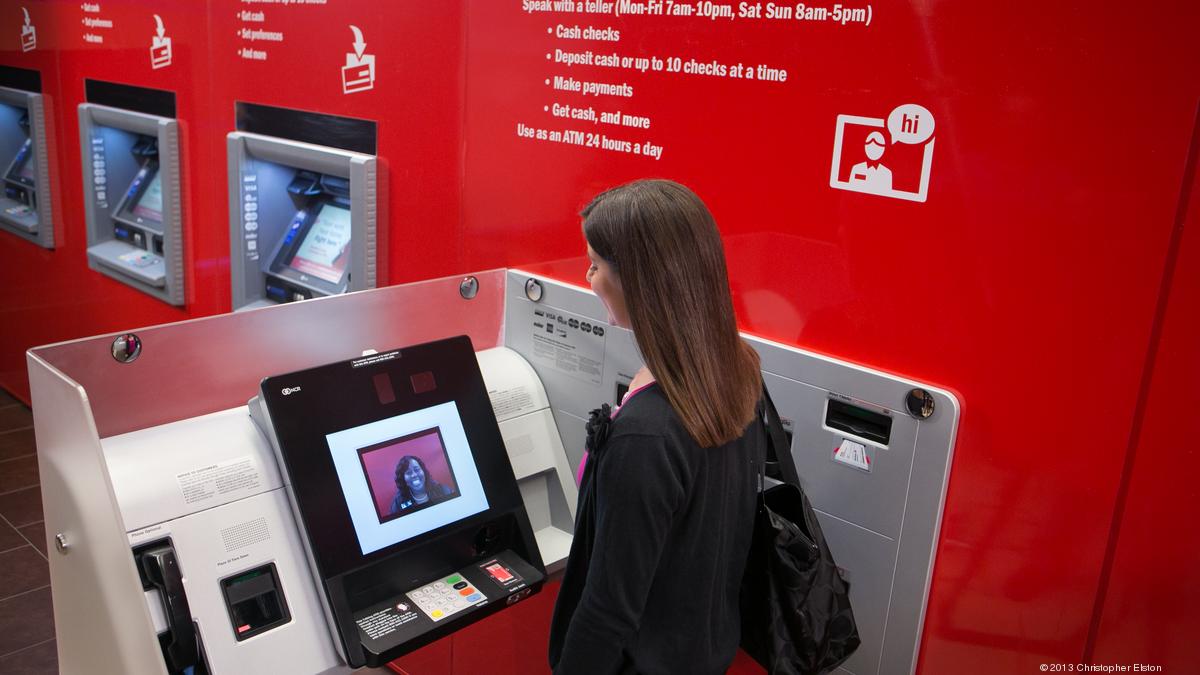

Finance
What Is A Prenote In Banking
Published: October 13, 2023
Learn the importance and process of a prenote in banking, an essential step for financial transactions. Improve your understanding of finance with this informative guide.
(Many of the links in this article redirect to a specific reviewed product. Your purchase of these products through affiliate links helps to generate commission for LiveWell, at no extra cost. Learn more)
Table of Contents
Introduction
Welcome to the world of banking, where communication and verification are vital components of financial transactions. When it comes to ensuring the accuracy and efficiency of electronic payments, banks rely on various mechanisms. One such mechanism is the prenote.
A prenote, short for prenotification, is a crucial step in the banking process that helps verify the validity of key information before initiating a transaction. It serves as a preliminary test to ensure that the upcoming electronic transfer, such as a direct deposit or automated payment, will be successful.
In this article, we will delve into the world of prenotes in banking and explore their definition, purpose, functionality, and importance. We will also touch upon the different types of prenotes and the common challenges associated with them.
Whether you are a curious individual wanting to expand your knowledge of banking processes or a business owner looking to understand the intricacies of financial transactions, this article will serve as a comprehensive guide to help you better comprehend the concept of prenotes in banking.
Definition of a Prenote
A prenote, in the context of banking, refers to a preliminary notification sent by a financial institution to verify the accuracy of important information before the commencement of an electronic transfer. It acts as a trial run to ensure that the upcoming transaction will be completed without any issues.
When a prenote is initiated, the sending bank or financial institution generates a test transaction to confirm the validity of critical details, such as the recipient’s account number, routing number, and other necessary data. The prenote is typically transmitted to the receiving institution, allowing them to validate the information on their end as well.
During this prenotification process, no actual funds are transferred. Instead, the purpose is to ensure that all the essential elements of the transaction are accurate and aligned between the sending and receiving entities. If any discrepancies or errors are detected, they can be identified and rectified before the actual transfer takes place.
It’s important to note that while prenotes are commonly used in the banking industry, their specific terminology and implementation may vary among different financial institutions and regions. Despite these variations, the core purpose remains the same – to validate the information and ensure a successful and seamless electronic transfer.
Now that we have a clear understanding of what a prenote is, let’s explore why they are essential in the banking world.
Purpose of a Prenote
The primary purpose of a prenote in banking is to verify the accuracy of critical information before initiating an electronic transfer. By sending a test transaction, financial institutions can ensure that the recipient’s account number, routing number, and other relevant details are correct and will facilitate a successful transaction.
One of the main reasons for conducting a prenote is to avoid potential complications and delays in electronic transfers. By identifying any discrepancies or errors before the actual transfer, banks can prevent funds from being sent to the wrong account or being rejected due to inaccurate information. This proactive measure helps to maintain the integrity of the banking system and ensures that funds are transferred securely.
Additionally, prenotes serve as a safeguard against fraud and unauthorized transactions. By carefully validating the recipient’s information, banks can detect any suspicious or fraudulent activities. This allows for early intervention and mitigation to protect customers and financial institutions from potential losses.
Another purpose of a prenote is to ensure compliance with banking regulations and standards. Financial institutions are obligated to follow strict guidelines and protocols set forth by regulatory bodies, such as anti-money laundering (AML) and know your customer (KYC) regulations. Utilizing prenotes as a verification mechanism helps banks maintain compliance and mitigate the risks associated with non-compliant transactions.
Prenotes also play a significant role in improving the overall efficiency of electronic transfers. By conducting a preliminary check, banks can identify and resolve any errors or discrepancies efficiently, rather than dealing with the consequences of failed or rejected transactions. This streamlines the payment process, reduces administrative burdens, and enhances customer satisfaction.
In summary, the purpose of a prenote in banking is to ensure the accuracy of critical information, prevent potential complications or delays in electronic transfers, mitigate fraud risks, maintain compliance with regulatory standards, and improve overall transaction efficiency.
Now that we understand the purpose of a prenote, let’s explore how prenotes work in the banking system.
How Prenotes Work
The process of how prenotes work in banking involves several steps and parties working together to verify the accuracy of key transactional information. Let’s take a closer look at how prenotes are initiated, transmitted, and processed:
- Initiation: The sending bank or financial institution initiates the prenote process. They generate a test transaction containing the recipient’s account number, routing number, and other necessary details.
- Transmission: The prenote is then transmitted to the respective receiving bank or financial institution. This can be done via secure electronic channels, such as the Automated Clearing House (ACH) network or other interbank communication systems.
- Verification: Upon receiving the prenote, the receiving institution verifies the accuracy of the information provided. They cross-check the account number, routing number, and other relevant details with their internal database to ensure alignment.
- Notification: Once the verification process is complete, the receiving institution sends a notification back to the sending bank indicating the outcome. If all the information is accurate, the prenote is deemed successful. In case of any discrepancies or errors, the issuing bank is notified, and necessary actions are taken to rectify the issue.
- Completion: After a successful prenote, both the sending and receiving institutions proceed with the actual electronic transfer. The validated account details are used to process the transaction, ensuring that the funds are transferred to the correct recipient’s account.
It’s important to note that the timeframe for completing a prenote may vary depending on the specific procedures followed by different financial institutions. In some cases, it may take a few days, while in others, it can be completed within a matter of hours.
Furthermore, it’s worth mentioning that the frequency of prenotes may also vary depending on the nature of the electronic transfers. For regular or recurring payments, prenotes may be initiated initially and then periodically, such as every 90 days, to ensure ongoing accuracy and validity of the transactional information.
By following this systematic process, prenotes play a crucial role in verifying the accuracy of critical information before proceeding with electronic transfers. They help in mitigating potential errors, fraud risks, and transactional complications, ensuring a smoother and more secure banking experience for both individuals and businesses.
Now that we have explored how prenotes work, let’s dive into the different types of prenotes used in banking.
Types of Prenotes in Banking
In the world of banking, there are various types of prenotes used to verify different types of information and transactions. Let’s explore some of the common types of prenotes:
- Direct Deposit Prenotes: Direct deposit prenotes are commonly used when setting up electronic funds transfers for payroll purposes. Before an employee’s salary or wages are deposited directly into their bank account, a prenote is sent to ensure the accuracy of the account and routing numbers provided by the employee. This helps prevent any delays or errors in the payroll process.
- Automated Clearing House (ACH) Prenotes: ACH prenotes are widely used for various types of electronic payments, such as bill payments, recurring transfers, and vendor payments. These prenotes are sent to validate the account and routing numbers for the intended recipients, ensuring that the funds are transferred to the correct accounts without any issues.
- ACH CCD+ Entry Prenotes: CCD+ (Corporate Credit or Debit) entry prenotes are specifically used for business transactions initiated through the ACH network. Before initiating a transfer, such as making a payment to a vendor or collecting payments from customers, these prenotes are sent to verify the accuracy of the transactional details, ensuring a smooth and efficient process.
- Garnishment Prenotes: Garnishment prenotes are utilized in cases where an individual’s wages are legally withheld to satisfy a debt or court-ordered payment. These prenotes serve to validate the recipient’s account information and ensure that the funds are correctly directed to the garnishment agency.
- Recurring Payment Prenotes: Recurring payment prenotes are typically used for regular and recurring transactions, such as subscriptions or monthly payments. These prenotes are sent periodically to verify the accuracy of the recipient’s account information and validate the ongoing validity of the transaction.
These are just a few examples of the types of prenotes used in banking. It’s important to note that the specific types and terminology of prenotes may vary among different financial institutions and regions. However, the underlying purpose remains the same – to verify critical information and ensure the accuracy of electronic transfers.
Now that we have explored the types of prenotes, let’s move on to understand their importance in banking transactions.
Importance of Prenotes in Banking Transactions
Prenotes play a vital role in ensuring the accuracy, security, and efficiency of banking transactions. Let’s explore the key importance of prenotes:
- Verification of Information: The foremost importance of prenotes is to verify the accuracy of critical information, such as account numbers and routing numbers. By conducting a preliminary check, financial institutions can detect and rectify any errors or discrepancies before initiating the actual electronic transfer. This helps prevent funds from being transferred to the wrong account or being rejected due to incorrect information.
- Reducing Transactional Delays: Prenotes help minimize potential complications and delays in banking transactions. By proactively verifying information, banks can address any discrepancies or issues before the transfer takes place. This saves time and effort for all parties involved and ensures a seamless and timely transfer of funds.
- Fraud Prevention: Another crucial aspect of prenotes is their role in fraud prevention. By conducting a verification process, financial institutions can identify and flag any suspicious or fraudulent activities. This allows for prompt intervention and mitigation, protecting customers and financial institutions from potential losses.
- Compliance with Regulations: Prenotes are essential for banks to comply with regulatory standards and guidelines. By verifying transactional information, financial institutions ensure compliance with anti-money laundering (AML) and know your customer (KYC) regulations, mitigating the risks associated with non-compliant transactions.
- Enhancing Transactional Efficiency: By conducting prenotes, banks can streamline the electronic transfer process. Identifying and resolving errors or discrepancies before the actual transfer saves time, reduces administrative burdens, and enhances overall transactional efficiency. This leads to increased customer satisfaction and improved operational effectiveness.
Overall, prenotes are integral to the smooth functioning of banking transactions. They verify critical information, prevent errors and delays, mitigate fraud risks, ensure regulatory compliance, and improve overall transactional efficiency. By incorporating prenotes into their processes, financial institutions uphold the integrity of electronic transfers and provide a secure and reliable banking experience for their customers.
Now, let’s address some common challenges and issues associated with prenotes in banking.
Common Challenges and Issues with Prenotes
While prenotes are an essential part of ensuring the accuracy and security of banking transactions, they are not without their challenges. Here are some common challenges and issues that financial institutions may encounter with prenotes:
- Delays in Processing: In some cases, the prenote verification process may take longer than expected, leading to delays in initiating the actual electronic transfer. This can be due to internal processing issues or communication delays between the sending and receiving institutions.
- Incorrect or Incomplete Information: Prenotes may fail if the sender or recipient provides incorrect or incomplete information during the transaction setup. This could include inaccuracies in account numbers, routing numbers, or other necessary details. Such errors can result in failed prenotes and subsequent delays in the initiation of transfers.
- Outdated Information: Prenotes may fail if the recipient’s account information, such as a bank account that has been closed or changed, is outdated. This can occur when the prenote is initiated after the recipient has made changes to their banking details, leading to discrepancies and the need for further verification.
- System Compatibility: Some financial institutions may encounter challenges when trying to transmit or receive prenotes due to system compatibility issues. Different banking systems may have varying requirements or formats for prenote transmissions, which can result in technical difficulties and delays.
- Volume of Prenotes: Financial institutions that handle a high volume of electronic transfers may face challenges in managing and processing prenotes efficiently. The sheer quantity of prenotes can add complexity to the verification process and require robust systems and resources to handle the workload effectively.
- Communication Issues: Effective communication between the sending and receiving institutions is crucial for the successful completion of prenote verification. Issues such as miscommunications, delays in notifications, or improper coordination can hinder the smooth execution of the prenote process.
It is important for financial institutions to address these challenges and implement robust procedures to mitigate potential issues associated with prenotes. Regular monitoring, data validation, and ensuring effective communication channels can help minimize the occurrence of these challenges and streamline the prenote process.
Despite these challenges, prenotes remain an important tool to validate information and ensure the accuracy of banking transactions. By understanding and addressing these issues, financial institutions can enhance their prenote processes and provide a seamless and secure banking experience for their customers.
As we conclude this article, we have explored the definition, purpose, functionality, importance, and challenges of prenotes in banking transactions. By leveraging prenotes effectively, financial institutions can uphold the integrity of electronic transfers and ensure the smooth and secure movement of funds.
Conclusion
Prenotes play a crucial role in the world of banking, offering a valuable tool to verify critical information and ensure the accuracy of electronic transfers. By conducting preliminary checks, financial institutions can identify and rectify errors or discrepancies before initiating the actual transaction. This helps prevent complications, delays, and potential fraud risks, while also ensuring regulatory compliance and enhancing the overall efficiency of banking processes.
Throughout this article, we have explored the definition of prenotes, their purpose, and how they work in banking transactions. We delved into the various types of prenotes commonly used and highlighted their importance in maintaining the integrity of electronic transfers. Additionally, we addressed common challenges and issues associated with prenotes and emphasized the need for effective solutions and robust procedures to mitigate these challenges.
As banking systems continue to evolve, prenotes remain a critical component in ensuring the accuracy, security, and efficiency of financial transactions. Financial institutions must continue to adapt and improve their prenote processes to meet the demands of an ever-changing landscape. By doing so, they can provide a seamless and secure banking experience for customers and maintain confidence in the reliability of electronic transfers.
It is essential for banks and individuals alike to understand the significance of prenotes and the role they play in safeguarding accurate and secure transactions. By valuing and leveraging prenotes effectively, we contribute to a more seamless and trustworthy banking system that benefits everyone involved.
So, the next time you see a prenote in your banking transactions, remember its importance in ensuring the accuracy, security, and efficiency of electronic transfers. It’s an integral part of the intricate process that allows funds to move seamlessly between accounts, providing convenience and reliability in the world of finance.

